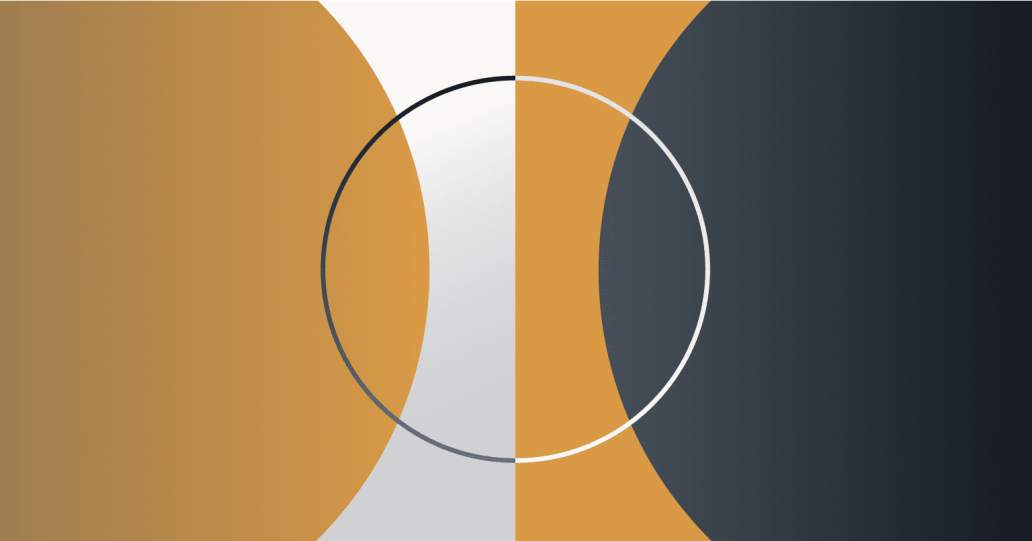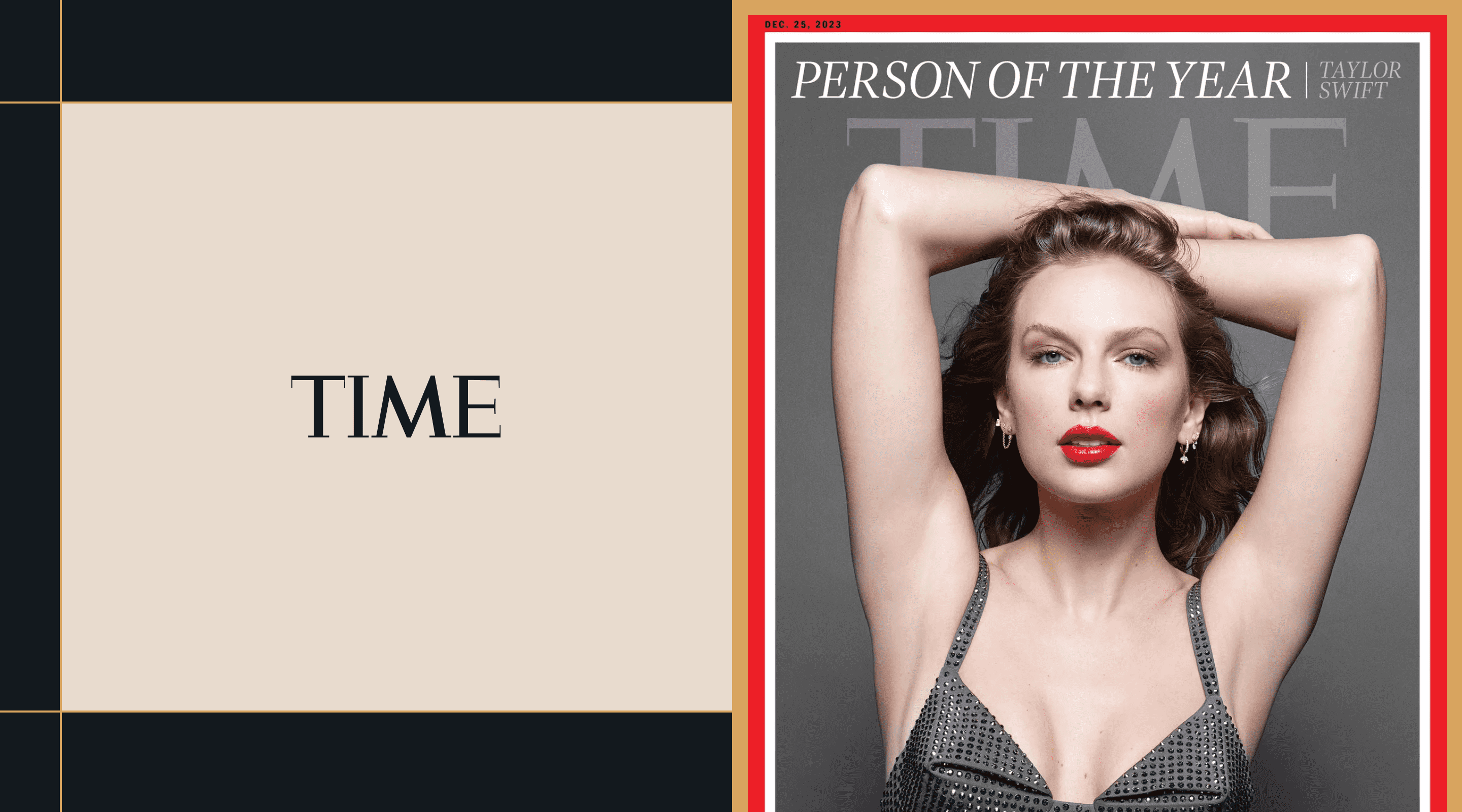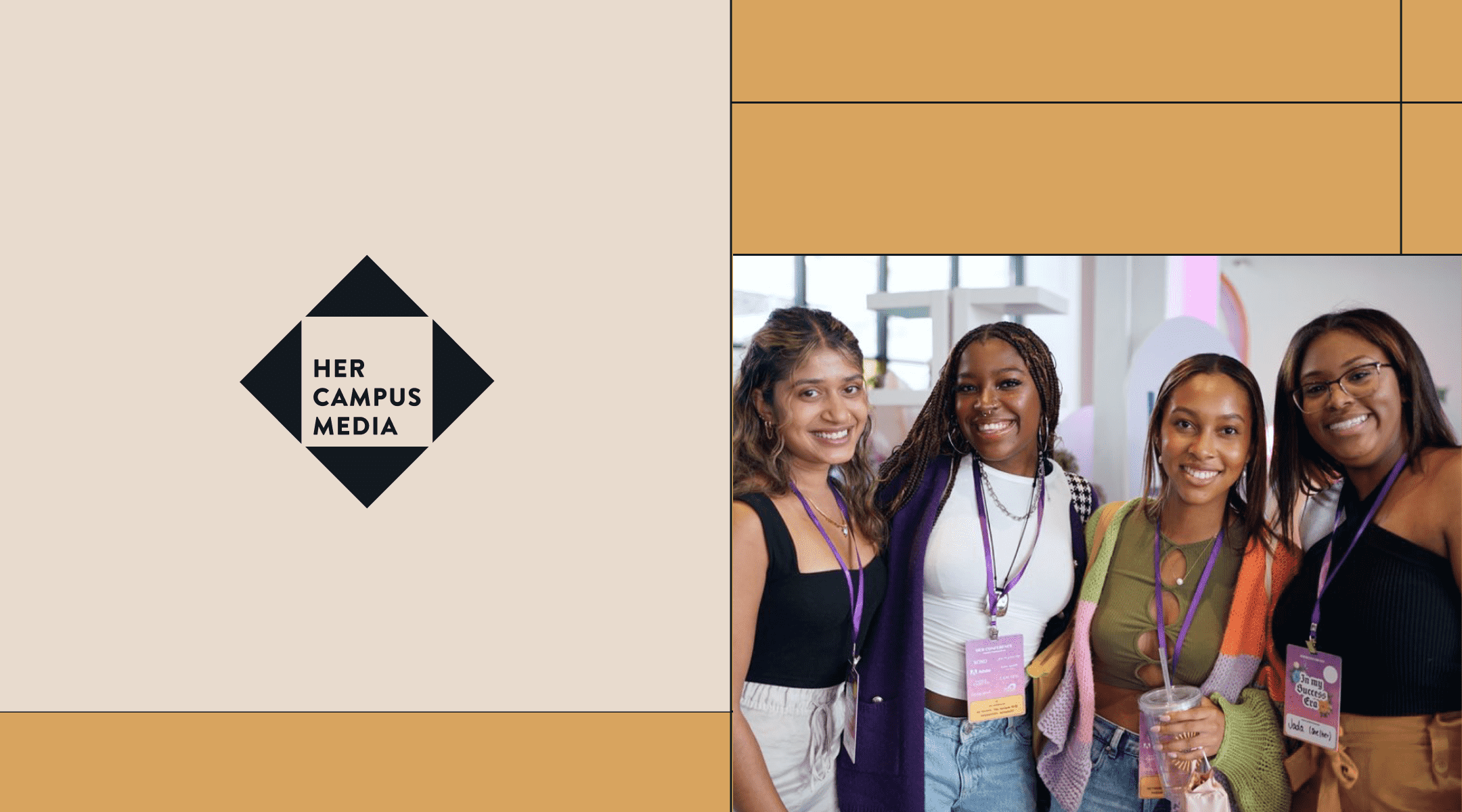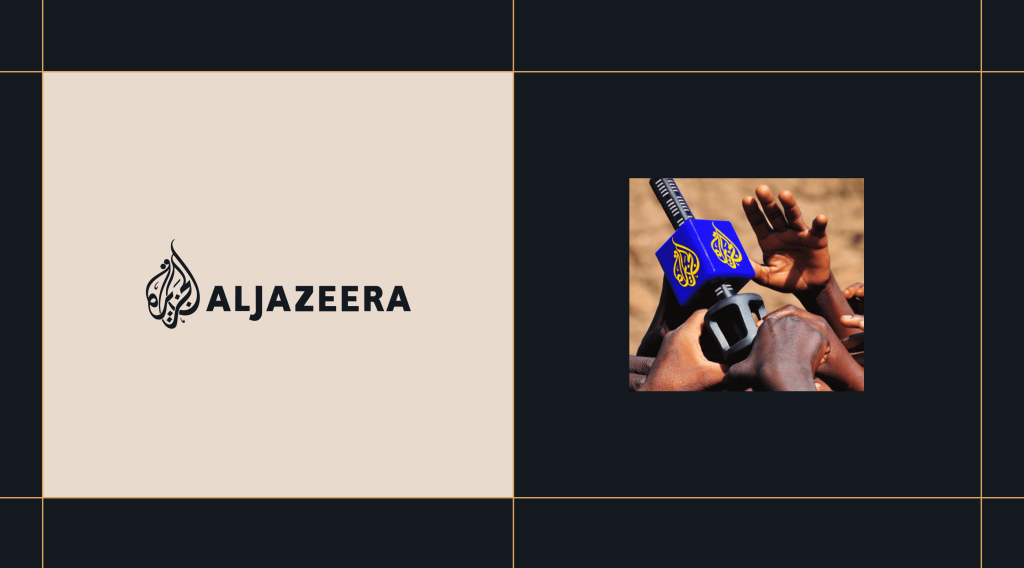Al Jazeera Media Network’s vision is “to be fearless in the pursuit of truth and to be the voice for the voiceless.”
Celebrating its 25th anniversary in 2021, with more than 70 bureaus around the world, Al Jazeera delivers content 24/7 across more than 10 channels and divisions. Since its launch in 2006, the network’s English coverage alone has earned prestigious awards including multiple Peabodys, EMMYs, and Webbys, alongside recognition from organizations like Amnesty International, the Foreign Press Association, and the New York Film Festival.
We recently spoke with Al Jazeera’s Digital Chief Technology Officer, David “Hos” Hostetter, about their move to a decoupled (or headless) digital experience stack on WordPress VIP, and the positive impact the migration has had on all the organization’s KPIs.
Key results
- Headless WordPress architecture provides usability, scale, high performance, and future personalized omnichannel content delivery 24/7/365.
- Using the world’s most ubiquitous CMS means content creators and newsroom staff can get up to speed in hours, not weeks.
- Gains in operational efficiency through leveraging WordPress VIP’s expert support team.
- Lower total cost of ownership.
- Security enhanced through headless architecture and partnership with WordPress VIP.
Business challenge
A unique news experience
Hos joined Al Jazeera with a mission to create elegantly simple, seamless, and secure solutions that were innovative, empowered the Al Jazeera newsrooms, and amplified diverse opinion in the name of objective journalism. The goal was to help the company drive empathy and understanding rather than division and conflict. Key was leveraging the organization’s global newsrooms and news content to offer innovative news perspectives and experiences to its worldwide audiences. This meant finding a single, flexible content management platform, one that delivered “elegant simplicity.”
The vision was a digital experience that lets users compare different perspectives on the world’s important stories, no matter the origin or language. Imagine opening the AJ Alpha app to breaking news, then comparing global perspectives on the story through the lens of different countries’ newsrooms. And having it all delivered in your native language via a personalized news feed.
“I hadn’t seen [this] from any other news company out there,” said Hos, “it simply didn’t exist.”
The innovation and agility needed to realize this vision was more challenging on Al Jazeera’s previous content platforms.
Inflexibility led to slow innovation
When Hos arrived, Al Jazeera’s global teams were split across more than six different CMSes, creating inefficiencies, increasing cost, blocking productivity, and stifling innovation. On some of the systems it took weeks to train new journalists, writers, and other contributors. Security patches and software updates bogged down the technical team.
“We had more than three different versions of Drupal, a custom platform built by Al Jazeera, and one that was built by a third party,” Hos recalled.
“It was very difficult to manage, inflexible and we couldn’t roll out new features quickly. Trying to manage all these different versions and platforms was challenging to say the least. Supporting that many CMSes can create holes in security and usability. It took weeks for [content creators] to come up to speed and use the old system.”
David “Hos” Hostetter, Digital CTO, Al Jazeera Media Network
To grow at the pace they sought, Al Jazeera needed to unify on one secure, flexible CMS.
Solution
Al Jazeera undertook a rigorous RFI review of almost two dozen platforms, looking for a solution that would deliver engaging, personalized content to users across a variety of channels. Originally the team had ruled out WordPress as there was some internal perception it had security issues. As they did more industry research, they uncovered companies like TechCrunch and The New York Times had successfully deployed headless CMS solutions. Further security reviews of this new architecture alleviated the concerns.
Explore more

What is a Headless CMS?
This headless architecture was the best of both worlds, incorporating the ubiquity of WordPress and the latest advances in technology and security. This would help Al Jazeera build a best in class omnichannel experience. However, many headless solutions are highly complex and add barriers to non-technical journalists who care about delivering great content fast.
In the end, the WordPress headless solution with the flexibility, security, and expertise met Al Jazeera’s rigorous requirements. Al Jazeera also tapped into the community, augmenting their team using rtCamp and 10up engineers to bring in more WordPress experience to the project.
Meeting the vision
WordPress and leveraging WordPress VIP met Al Jazeera’s enterprise security and reliability requirements and fit their vision for a headless deployment model—all without giving up an ounce of usability.
“This gave us the best of both worlds,” said Hos. “There’s probably no journalist who hasn’t been exposed to WordPress. But because they come and go [with news organizations], it can be hard to bring them up to speed [on different platforms]. So having something they already know helps us move faster.”
Owning the code
WordPress also gave Al Jazeera more flexibility to meet their ever-changing needs. “Every other platform, it was their code,” said Hos. “It was important that we have our destiny in our hands.” Choosing an open source software solution meant Al Jazeera could maintain security and control of their code, their roadmap, and their innovation while contributing and leveraging the power of the open source community.
The Al Jazeera technology stack has three layers: the back-end editorial experience in WordPress, a GraphQL query layer in the middle, and a React-based application on top.
“The choice of decoupled WordPress plus GraphQL and React will allow us to build something unique and amazing.”
Rapid content creation
This approach gives them the usability that WordPress is famous for, and the ability to leverage cutting-edge technologies in an omnichannel experience—“manna from heaven,” said Hos. WordPress also gave them excellent language support (including bidirectional) which allowed them to easily support languages like Arabic and Chinese.
With the WordPress CMS at the hub, editors can create content rapidly. The React front-end then requests that content via the GraphQL layer. Having the middle layer means there is a standardized request format, even with multiple front-ends, making it easy to create once and publish everywhere.
One of the first applications of this architecture is the AJ Alpha mobile app. But that’s just the start. This innovative digital experience has been built out across all of Al Jazeera’s channels.
Impact
Al Jazeera had four major goals with its new, unified CMS: elegant simplicity, seamlessness, security and lower total cost of ownership.
Elegant simplicity
Faster time to value
To accelerate its speed to value, Al Jazeera sought simplicity in the architecture, code, and usability of its platform. Before switching to WordPress, “most of the platforms were taking weeks for people to learn,” said Hos.
“In general, we get people up to speed in about an hour or two, which is amazing. That is the beauty of WordPress.”
Expert support and operations
Al Jazeera unlocked simplicity and gained efficiency by offloading much of its operations to WordPress VIP’s experts. “Bringing in a team that eats, breathes, and sleeps WordPress—that is where the power of WordPress VIP comes from,” said Hos. “We have been very, very happy, especially concerning the relationships and the amazing people WordPress VIP brought into the equation. They helped us achieve our goals in a rapid timeframe.”
Seamlessness
Create once, publish everywhere
Engagement is one of Al Jazeera’s core KPIs. To engage readers, Al Jazeera strives to serve timely, relevant content across multiple channels. Leveraging a decoupled architecture allows creators to spin up the content in WordPress, which becomes the organization’s content hub. Then, via integrations and APIs, Al Jazeera quickly delivers that content wherever their users are.
Beyond personalization
The vision of a personalized news feed with multiple perspectives on a story is already coming to life, but Al Jazeera isn’t stopping there. The flexibility of their integrated stack means opening up a world of possibilities, like integrating with user accounts to improve overall loyalty in the not too distant future.
Security
Open source means deep security
For a media outlet with the global reach and influence of Al Jazeera, it was essential to choose technology that is hardened against malicious actors. As Hos noted: “Security and privacy are things that need to be top of mind, especially for Al Jazeera—we have a big bullseye on us, which forces us to be hypervigilant.”
Hos considers open source software such as WordPress a significant mitigator of security risk. Due to the scale and engagement of the WordPress community, security concerns are patched immediately and transparently.
Enhanced disaster recovery
WordPress’s portability means that in case of emergency, disaster recovery can be as seamless as switching to a different server without worrying about the restrictions of a proprietary system.
With automatic security updates, WordPress VIP gives the Al Jazeera team additional WordPress security focus and expertise, part of a defense-in-depth strategy.
Total cost of ownership
Factoring in all the drivers above, including a higher level of platform support, Al Jazeera realized a lower total cost of ownership with the WordPress VIP partnership.
“If you are date-driven, you’re not going to get every feature [under the sun] in a newly released CMS,” Hos said. “But given our timeframes, I knew I’d rather buy and leverage WordPress VIP than build it all ourselves. It’s much smarter to take something off the shelf and use that. Something that already has hundreds of millions of dollars, countless hours, and an amazing, passionate community invested behind it. You’re better off going down that path than trying to do it yourself.”
Breaking news: Decoupled and WordPress VIP—a winning combination for Al Jazeera
“Part of my role is making strategic and smart decisions to get the biggest bang for the buck for what we invest in our technology group,” Hos said.
“Making the decision to move forward with decoupled WordPress, and with WordPress VIP, was really a very smart decision that I am extremely proud of for our respective teams.”
Related content

How Time.com Scaled for “Person of the Year” Traffic from Swifties
Even at “peak Swift,” TIME.com effortlessly handled the incoming tidal wave—more than 100k requests per second.

How WordPress VIP’s Support, Partners, and Digital Ecosystem Drive Innovation
Explore how WordPress VIP drives innovation and reduces IT burdens for leading media brands.

Her Campus Media Drives Massive Traffic Growth by Standardizing on WordPress VIP and Parse.ly
After moving to WordPress VIP and using Parse.ly to improve their content strategy, Her Campus saw a 120% year-over-year increase in organic search pageviews.
Get the Case Study
Complete the form to receive a PDF of the case study in your inbox.
